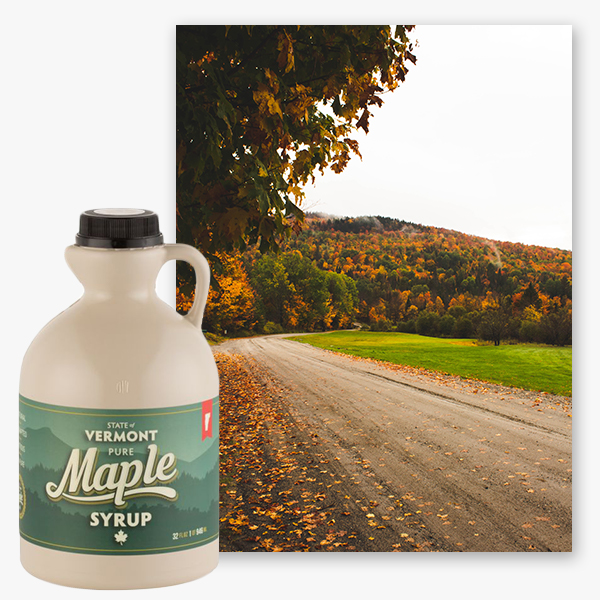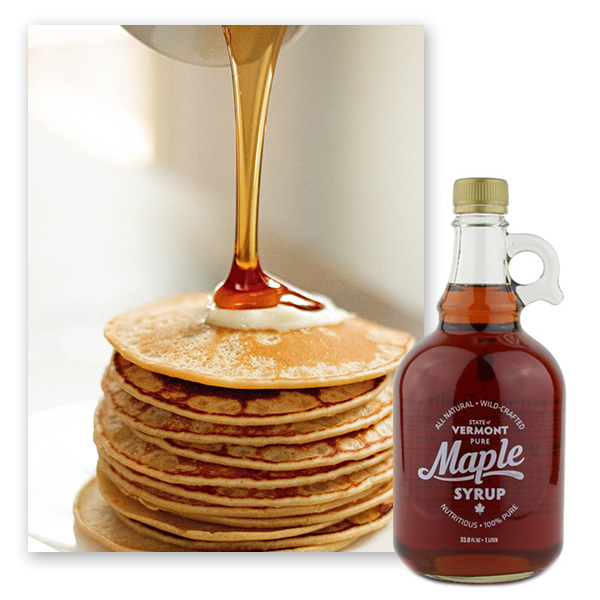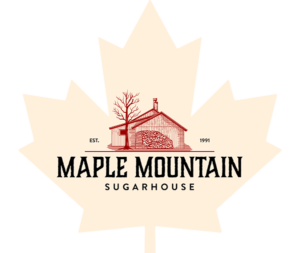
The History of Maple Syrup in Vermont
Contrary to what many people think, the act of collecting maple sap to make maple syrup began long before Europeans settled in America. Although there are no written accounts to verify exactly when it was discovered, several Native American legends share a similar story. But when and how did it become so big in Vermont?
In the early years, Vermont’s agricultural farmers began sugaring as a way of supplementing their income during the winter months. Children would often be home during winter school breaks and would help tap the trees to get them ready for sugaring season. Buckets were hung from the trees and gathered with horse-drawn sleds with big wooden tanks to dump the sap into.
Today, with advancements in modern technology, vacuum pumps move sap through plastic tubing systems stretching from tree to sugar shack. These machines use reverse osmosis to remove water from the sap before boiling occurs. While maple sugaring has evolved into a popular commodity with a variety of uses and even some nutritional qualities, each maple syrup house and farm is unique in its own way. Maple syrup farms tend to be deeply rooted in tradition to give maple syrup lovers everywhere authentic products with unbelievable tastes.

Early-to-Modern Methods of Making Maple Syrup
Early Native American methods involved cutting a V-shape into the bark of the maple tree. Sap would then flow out of the wedge and into baskets placed at the base of the tree; the collected sap would then slowly be boiled until it became syrup.
Colonist methods instead drilled holes into the trees using augers. They would insert wooden spouts into the holes and hang buckets from them to collect sap; the sap was then boiled down to make sugar and syrup.

Maple syrup, along with honey, has become an increasingly attractive alternative to processed sugar cane. These days, maple syrup isn’t just for flapjacks — people use maple syrup in almost everything, from cakes to stir fry. This has resulted in a large range of maple syrup tasting products that don’t actually have maple syrup within them. Common table products like Log Cabin and Aunt Jemima are not real maple syrup and are instead made with corn syrup.
At Maple Mountain Sugarhouse, we’ve been making syrup the right way for more than 30 years. Our love for sugarbush and unrelenting commitment to authentic maple flavors allows us to create artisanal maple syrup with no artificial fillers. Maple Mountain Sugarhouse produces pure, organic maple syrup that is non-GMO, gluten-free, vegan, sustainably sourced, responsibly manufactured, and hand-made. Take a look at our products now!
Contact Us


